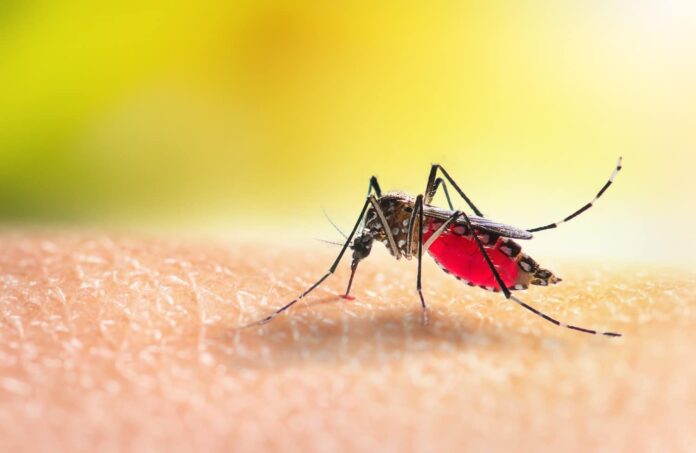In the ongoing battle against malaria, the emergence of drug resistance poses a significant challenge. This study explores innovative strategies to address and overcome drug resistance in the treatment of malaria.
Researchers at Friedrich-Alexander-Universität, led by Prof. Dr. Svetlana B. Tsogoeva, have made a new malaria drug by combining artemisinin (a powerful anti-malaria substance from a plant called sweet wormwood) with coumarin (found in various plants). This combination creates a special autofluorescent compound, helpful for live cell imaging to understand how the medicine works over time. The team found that this compound can effectively combat drug-resistant malaria parasites. Their discovery has been shared in the journal Chemical Science, offering a promising development in the fight against malaria.
Making things glow without changing how they work: Researchers combined substances to create autofluorescent compounds. Unlike traditional fluorescent labeling that alters drug behavior, these autofluorescent hybrids allow precise observation of their actions without affecting how the medication functions. This is especially useful for studying drugs against malaria in live cells.
Prof. Tsogoeva’s team at the Chair of Organic Chemistry I combined artemisinin with coumarins, known for their anti-malaria properties. They made the combo autofluorescent, allowing them to observe its effectiveness in living cells infected with malaria. Working with other experts, they found the hybrid was potent against drug-resistant malaria in lab tests and live mouse models. This breakthrough is crucial in developing new malaria treatments and overcoming drug resistance.
This study signifies a shift toward novel and practical approaches in the fight against drug resistance in malaria. By combining established antimalarial compounds with innovative techniques, researchers are paving the way for developing more robust and resilient treatments for this deadly disease.
Journal reference:
- Lars Herrmann, Maria Leidenberger, et al., Autofluorescent antimalarials by hybridization of artemisinin and coumarin: in vitro/in vivo studies and live-cell imaging. Chemical Science. DOI: 10.1039/D3SC03661H.
